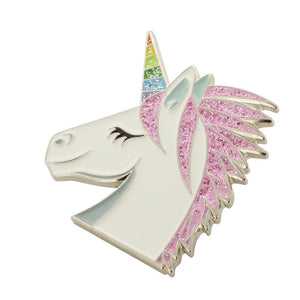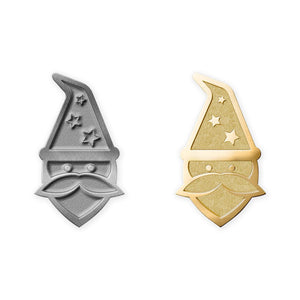Every year in early November, people in countries like Canada, the United Kingdom, Australia, and New Zealand begin to wear red poppy pins. These small, simple flowers are worn in the lead-up to Remembrance Day, which is on Nov. 11. The holiday marks the end of World War I in 1918, when the fighting stopped at 11 a.m. on the 11th day of the 11th month. Remembrance Day honors the men and women who lost their lives serving in the armed forces. The red poppy has become the most widely recognized symbol of this remembrance, carrying deep meaning for individuals, families, and communities.
Why Wear a Poppy?
Wearing a poppy shows respect for those who have served in war and never came home. It is a quiet but powerful way of saying, "We remember." The red color of the poppy represents the blood shed on the battlefield. Its delicate petals remind us of how fragile life is during times of war. While the poppy is mostly associated with World War I, it now represents all military conflicts. In many countries, poppies are sold by veterans' organizations, and the money raised goes to support veterans, their families, and those affected by war.
How to Wear a Poppy
Traditionally, a poppy is worn on the left side of the chest, close to the heart. This placement is meant to symbolize that the memory of fallen soldiers is held dear. While there are paper, plastic, and fabric versions of the poppy pin, each serves the same purpose. The flower is often pinned to jackets, sweaters, and uniforms. Some styles come with a green leaf attached, while others do not, depending on the country or organization distributing them.
When to Wear a Poppy
Most people in countries that are part of the British Commonwealth begin wearing poppies in late October, especially after the last Friday of the month. This is sometimes called "Poppy Day," marking the start of the remembrance period. Others may choose to wait to pin on a poppy until the beginning of November or the week leading up to Remembrance Day. In Canada and the U.K., it's common to wear the poppy from Nov. 1 through Nov. 11.
On Remembrance Day itself, many people continue to wear their poppies during ceremonies to mark the occasion. Once the day is over, poppy pins are usually removed. Some choose to leave them at war memorials, graves, or cenotaphs in tribute to those honored there.
In America, the red poppy is also worn to remember fallen soldiers, but it's worn for Memorial Day, in May, instead of in November. Memorial Day is set aside to honor those who died during military service, while the Nov. 11 holiday, called Veterans Day here, is for all who have served.
"In Flanders Fields"
The red poppy became a symbol of remembrance because of a poem written during World War I. "In Flanders Fields" was composed by John McCrae, a doctor in the Canadian army, in 1915. He wrote the poem after seeing red poppies growing among the graves of fallen soldiers in Flanders, a region of Belgium that saw heavy fighting. The poem begins with the lines, "In Flanders fields the poppies blow/Between the crosses, row on row," painting a vivid picture of life and death side by side.
McCrae's poem was widely published and touched the hearts of many during the war. Its imagery made the red poppy a symbol of the lives lost in battle and the promise to remember them. Inspired by the poem, a woman named Moina Michael in the United States began wearing a red poppy in remembrance and started a campaign to make the flower a universal symbol. The movement spread to other countries, and by the early 1920s, organizations like the Royal British Legion were selling artificial poppies to pin on to support veterans.
Since then, the poppy has become a central part of Remembrance Day events. It connects people across generations and helps keep the memory of past sacrifices alive. Even today, more than a hundred years after the end of World War I, the message of "In Flanders Fields" continues to shape how we honor those who served.
Additional Resources
- Why We Wear Poppies on Remembrance Day
- "In Flanders Fields"
- The World War I Origins of the Poppy as a Remembrance Symbol
- The Poppy: A Symbol of Remembrance
- How to Wear a Poppy
- National Poppy Day
- How Moina Michael Became "the Poppy Lady"
- Remembrance: Why Do We Wear Poppies?
- 100 Years Ago, Poppies Became More Than Just Flowers
- The Poppy as an Enduring Symbol







































